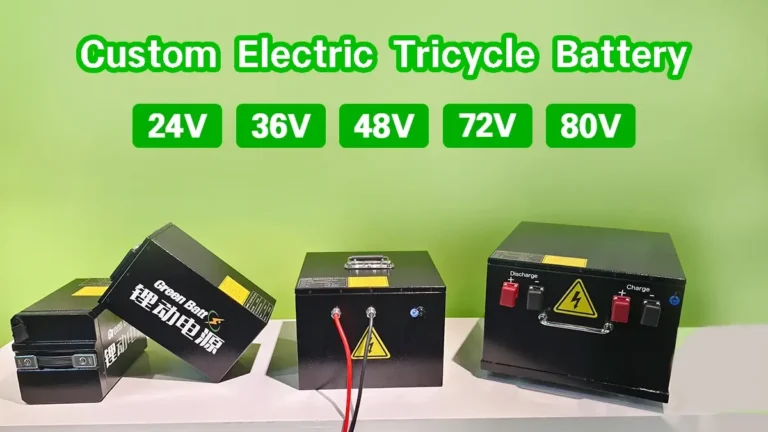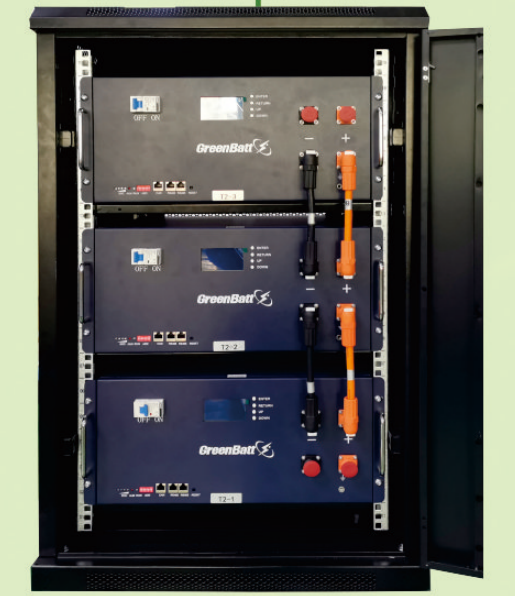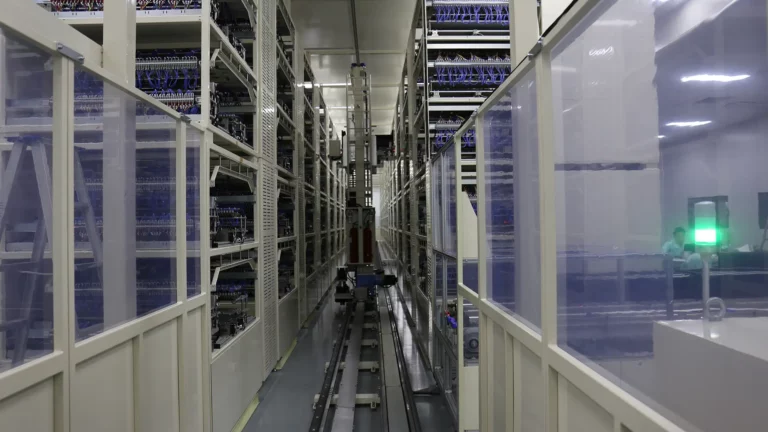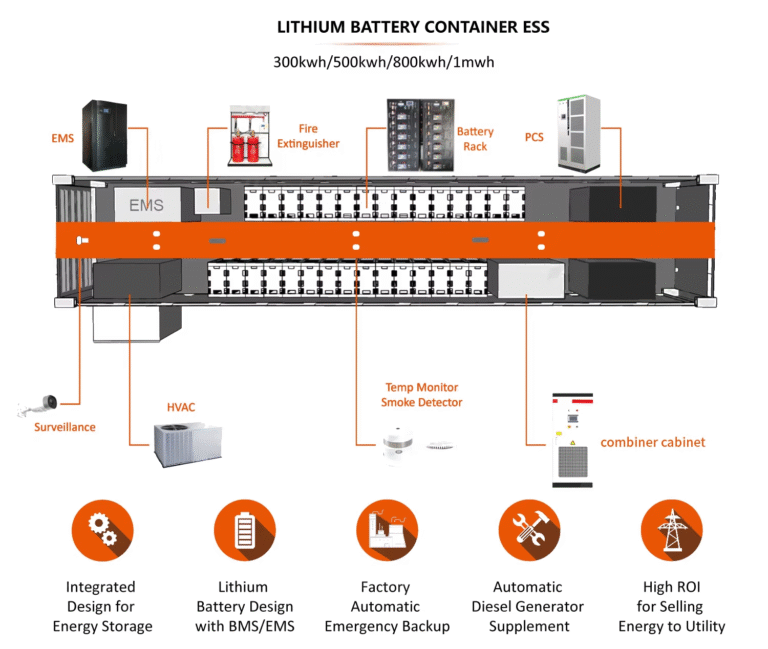Henan Liyue New Energy Co., Ltd

Is Upgrading Your Golf Cart Battery to Lithium Batteries Really Worth It?
If you’re a golf cart owner, you’ve likely heard the buzz around lithium batteries. While your trusty lead-acid batteries have served you well, there’s a more powerful, efficient, and long-lasting option gaining traction. But is switching to lithium really worth the investment? Let’s break down the facts to help you decide.
The Real Cost: Upfront Investment vs. Long-Term Savings
Let’s start with the numbers. The initial cost of converting a golf cart to lithium batteries usually ranges from $1,000 to $3,000, depending on the battery’s voltage, capacity, and brand premium (if you buy directly from the Liyue battery factory, you can get the factory price). In comparison, a lead-acid battery pack may only cost between $800 and $1,500.
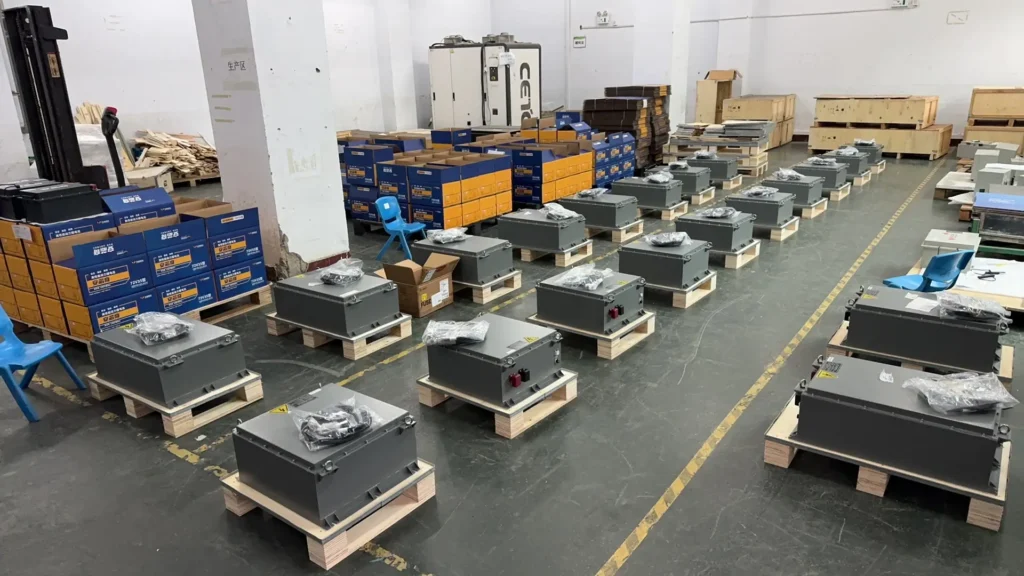
This upfront difference is significant. However, the long-term financial picture tells a different story:
- Lithium batteries last significantly longer, with a lifespan of 8 to 15 years, compared to just 3-5 years for lead-acid batteries .
- Over a 10-year period, you might replace lead-acid batteries 2 to 3 times, while a lithium battery likely won’t need replacing at all .
- When you factor in the costs of replacements and maintenance, the total cost of ownership for lithium batteries often becomes lower within a few years .
Table: 10-Year Cost Comparison Example
| Cost Factor | Lead-Acid | Lithium |
|---|---|---|
| Initial Investment | $800 – $1,500 | $1,000 – $3,000 |
| Replacement Cycles | 2-3 times | 1x (likely none) |
| Maintenance Costs | ~$200/year | ~$0 |
| Estimated Total 10-Year Cost | ~$3,000+ | ~$1,000 – $3,000 |
Unmatched Performance: Feel the Difference on the Course
Cost isn’t everything. Lithium batteries transform the driving experience:
- Lighter Weight: Lithium batteries are 50% to 70% lighter than lead-acid battery sets . A typical 48V lithium pack might weigh around 55 pounds, while a lead-acid pack can be a hefty 300-400 pounds . This reduces strain on the cart’s motor, improves acceleration, and lessens turf damage on the golf course.
- Faster Charging: Forget waiting overnight. Lithium batteries can fully charge in just 2 to 4 hours, and a quick 30-minute charge during a lunch break can often provide enough power for the rest of the day . Lead-acid batteries typically require 8 to 12 hours to charge .
- Consistent Power: Unlike lead-acid batteries, whose voltage drops as they discharge, lithium batteries provide stable voltage and full power output until they are almost completely drained . This means consistent speed and performance, even on hills, throughout your entire round.
The Convenience Factor: “Set It and Forget It”
For many owners, the maintenance savings are a game-changer. Lead-acid batteries require regular watering, terminal cleaning to prevent corrosion, and equalization charges .
Lithium batteries, on the other hand, are virtually maintenance-free . They are sealed and don’t require watering. You can simply install them, charge them, and enjoy the ride without the ongoing hassle .
Safety and Environmental Impact
Modern lithium batteries, particularly LiFePO4 (Lithium Iron Phosphate), are designed with safety as a priority . They come with a built-in Battery Management System (BMS) that protects against overcharging, over-discharging, short circuits, and extreme temperatures .

From an environmental standpoint, lithium batteries have a strong case. Their longer lifespan means fewer batteries end up in landfills . They are also more energy-efficient, losing only about 5% of energy during charging compared to 15-20% for lead-acid batteries .
Who Is The Upgrade REALLY For?
A lithium upgrade is a smart investment for:
- Frequent Users: If you use your cart daily for golf, in a community, or for business, the long-term savings and reliability pay off.
- Those Seeking Performance: If you want faster acceleration, better hill-climbing, and more consistent power.
- Owners Who Value Convenience: If you’re tired of constant battery maintenance.
However, if you only use your cart occasionally and are on a very tight budget, sticking with lead-acid for now might be a pragmatic choice .
Key Considerations Before You Switch
- Compatible Charger: You cannot use a lead-acid battery charger for lithium batteries. You will need a compatible lithium-specific charger to ensure safety and battery health .
- Professional Installation: While some are “drop-in” replacements, professional installation (costing $100 to $300) is recommended to ensure compatibility and safety with your cart’s electrical system .
- Voltage Compatibility: Ensure the lithium battery’s voltage (e.g., 48V/51.2V) matches your golf cart’s system .
Frequently Asked Questions (FAQ)
Q1: How long does a lithium golf cart battery really last?
You can expect a lifespan of 8 to 15 years with proper care, far exceeding the 3-5 years typical of lead-acid batteries .
Q2: Are lithium batteries safe in a golf cart?
Yes. High-quality lithium batteries (like LiFePO4) come with a robust Battery Management System (BMS) for protection against over-charging and other risks, making them very safe .
Q3: Can I install the battery myself?
While many are marketed as “drop-in replacements,” we recommend consulting a professional to ensure proper installation and preserve your cart’s warranty .
Q4: Is the high cost really worth it?
Think of it as an investment. When you factor in zero maintenance, no replacements for over a decade, and superior performance, the long-term value is compelling for most regular users .
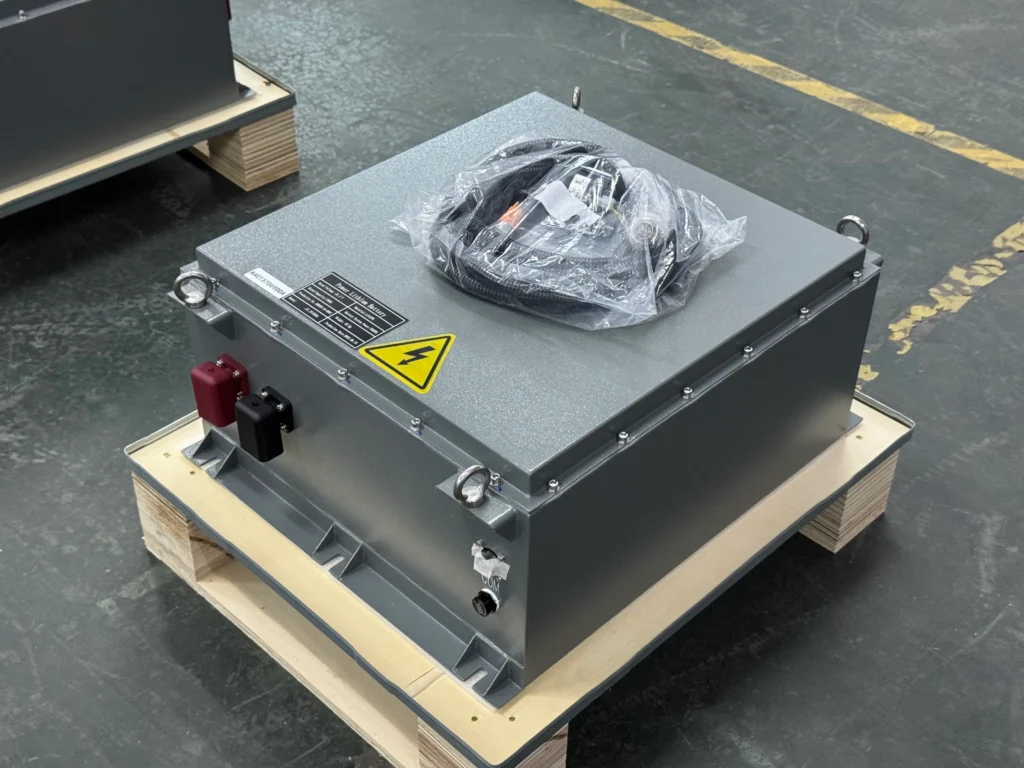
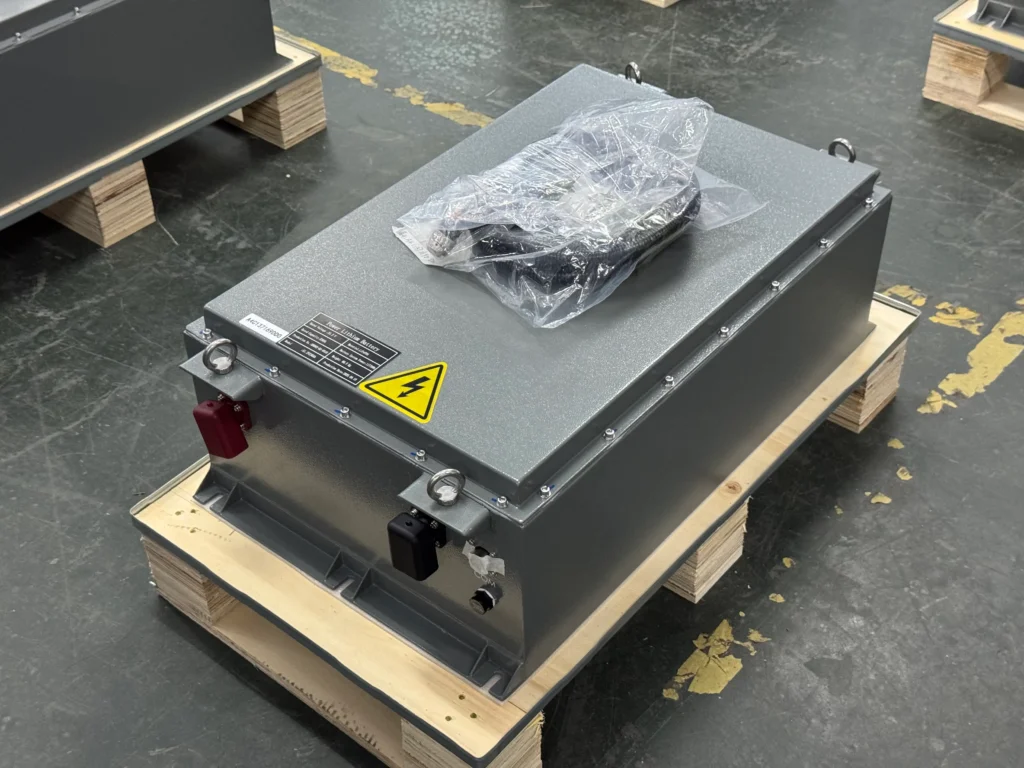
Ready to Power Up? Get Your Custom Quote Today!
So, is upgrading your golf cart to a lithium battery worth it? For the vast majority of owners, the answer is a resounding yes.
While the initial price tag is higher, the combination of long-term savings, superior performance, and unparalleled convenience makes lithium batteries a clear winner. It’s not just a battery replacement; it’s a genuine upgrade that enhances every aspect of your golf cart experience.


